War glasses and bead bags – the designer Felice Rix-Ueno at the MAK
Born in Vienna in 1893, Felice Rix-Ueno already designed her delicate "war glasses" for the Wiener Werkstätten (WW) at the age of 21. The MAK is now dedicating a small, wonderful solo exhibition to the designer. A text by Sabine B. Vogel.
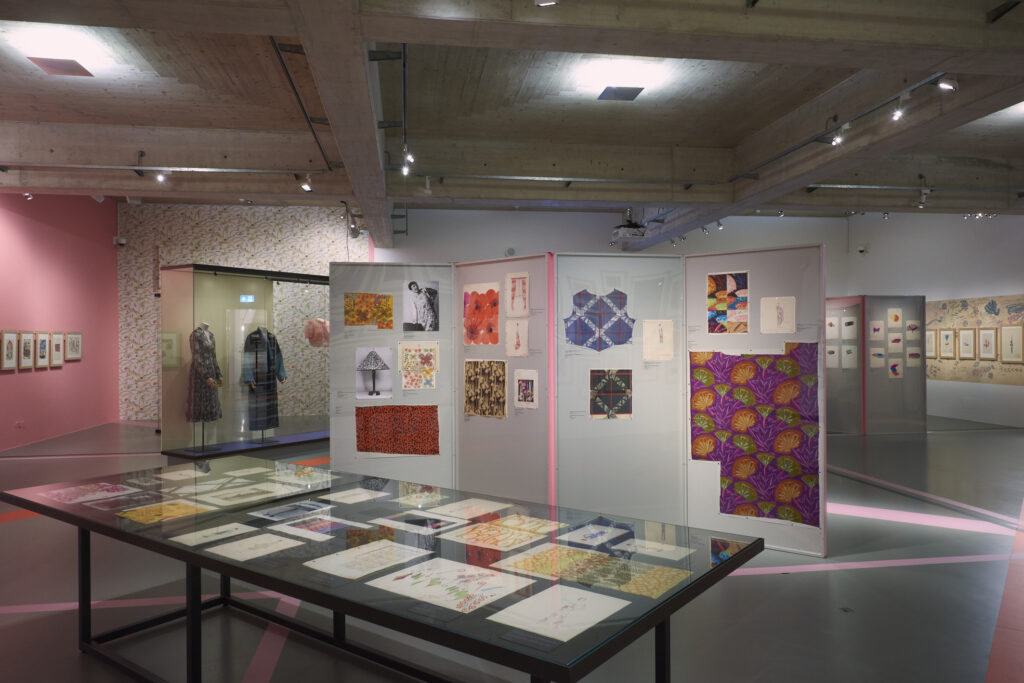
MAK Ausstellungsansicht, 2023 STERNE, FEDERN, QUASTEN. Die Wiener-Werkstätte-Künstlerin Felice Rix-Ueno (1893–1967) MAK, Zentraler Raum MAK DESIGN LAB © MAK/Georg Mayer
Born in Vienna in 1893, Felice Rix-Ueno designed her delicate “war glasses” for the Wiener Werkstätten (WW) at the age of 21. Hardly comprehensible to us today, these collector’s items were a manifestation of patriotism and enthusiasm for war at the outbreak of the First World War. Josef Hoffmann contributed the shape of the simple cylindrical drinking glass, which is still a classic today. Rix-Ueno was his student at that time and designed the fine lines and subtle colors. Her portfolio “Mode Wien 1914/15” also dates from these early war years – as Vienna wanted to counter the fashion metropolis of Paris with its own designs.
Now the MAK is dedicating a small, wonderful solo exhibition to the designer. Because the war glasses were just the beginning. In 1916, “Lizzi”, as she called herself, became a member of the WW artists’ workshop, designing enamel and beadwork, her first fabric patterns and, from 1917, ceramics. In 1924, she met her future husband Isaburo Ueno, with whom she moved to Japan. She taught there and founded the International Design Institute together with her husband in 1963. She repeatedly traveled back to Vienna, as well as to San Francisco on behalf of the Kyoto Textile Research Institute. She died in Kyoto in 1967, where her estate is kept in the National Museum of Modern Art.
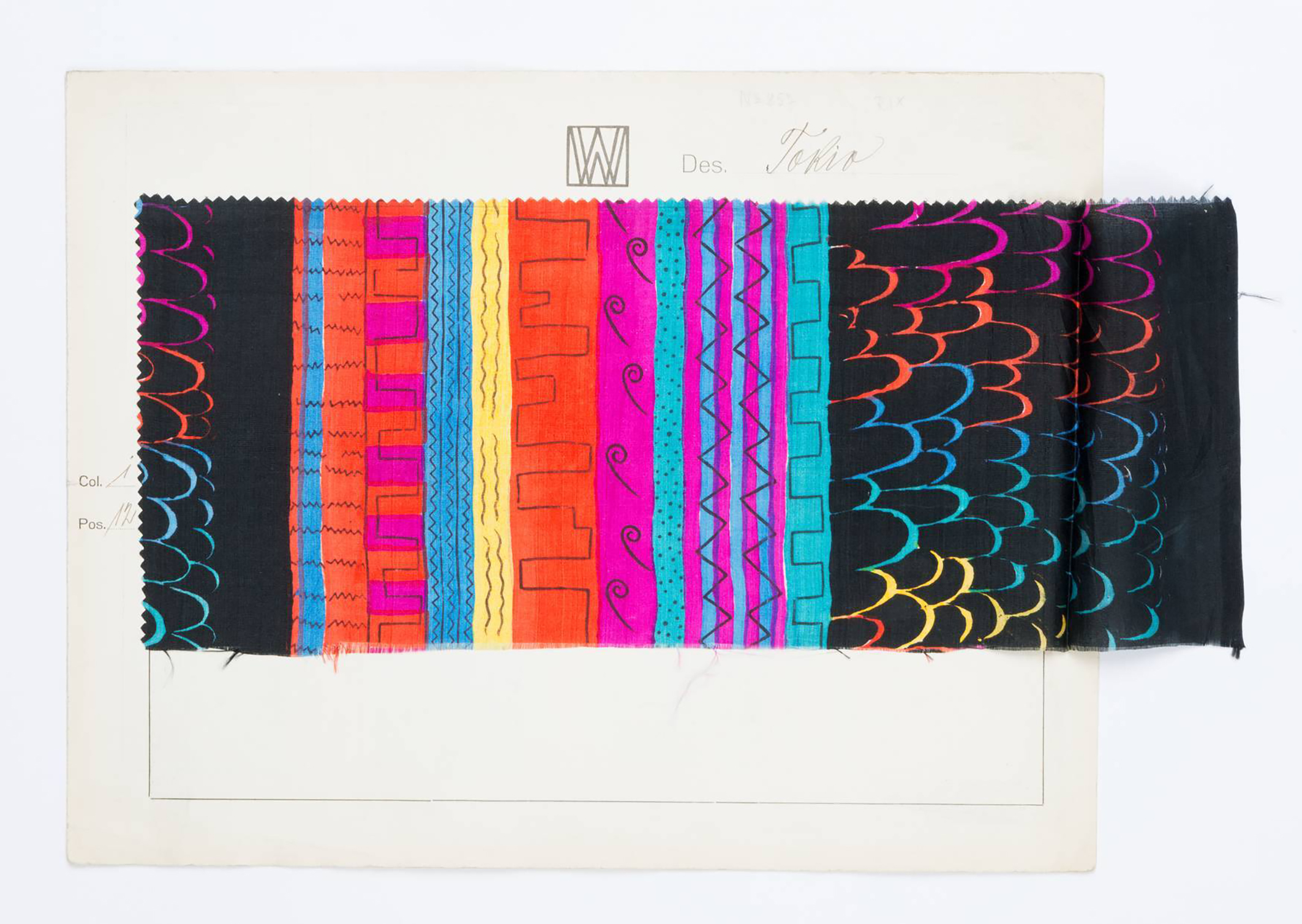
Sample panel of the WW fabric Tokio by Felice Rix-Ueno, 1924, © MAK/Nathan Murrell
The solo exhibition in the basement of the MAK is entitled “Stars Feathers Tassels” – which also refers to her favorite motifs, which she varied in her fabric designs – and which fill an entire wall in the MAK. But her work also included playful designs for cigarette boxes or caskets. Or the silk pearl bag she embroidered and crocheted, which dates from 1919 but could still be worn proudly at any opera ball today. In fact, Rix-Ueno’s designs are so timeless that a hotelier has just decided to remake her wallpaper patterns. At the Hotel Altstadt Vienna, four rooms and suites are furnished with Felice Rix-Ueno’s wallpapers, hand-printed in England using the original technique and designed in 1928. And the head designer of Swiss fashion house Akris was so enthusiastic about the exhibition that he was inspired by it for his new collection, as stated on their website – apparently more by the colors than the patterns. His women’s clothing is mostly monochrome. In the MAK, on the other hand, you can study the wide range of original drawings and – a few – objects by this almost forgotten artist.
MAK, Felice Rix-Ueno, 22.11.2023-21.4.2024
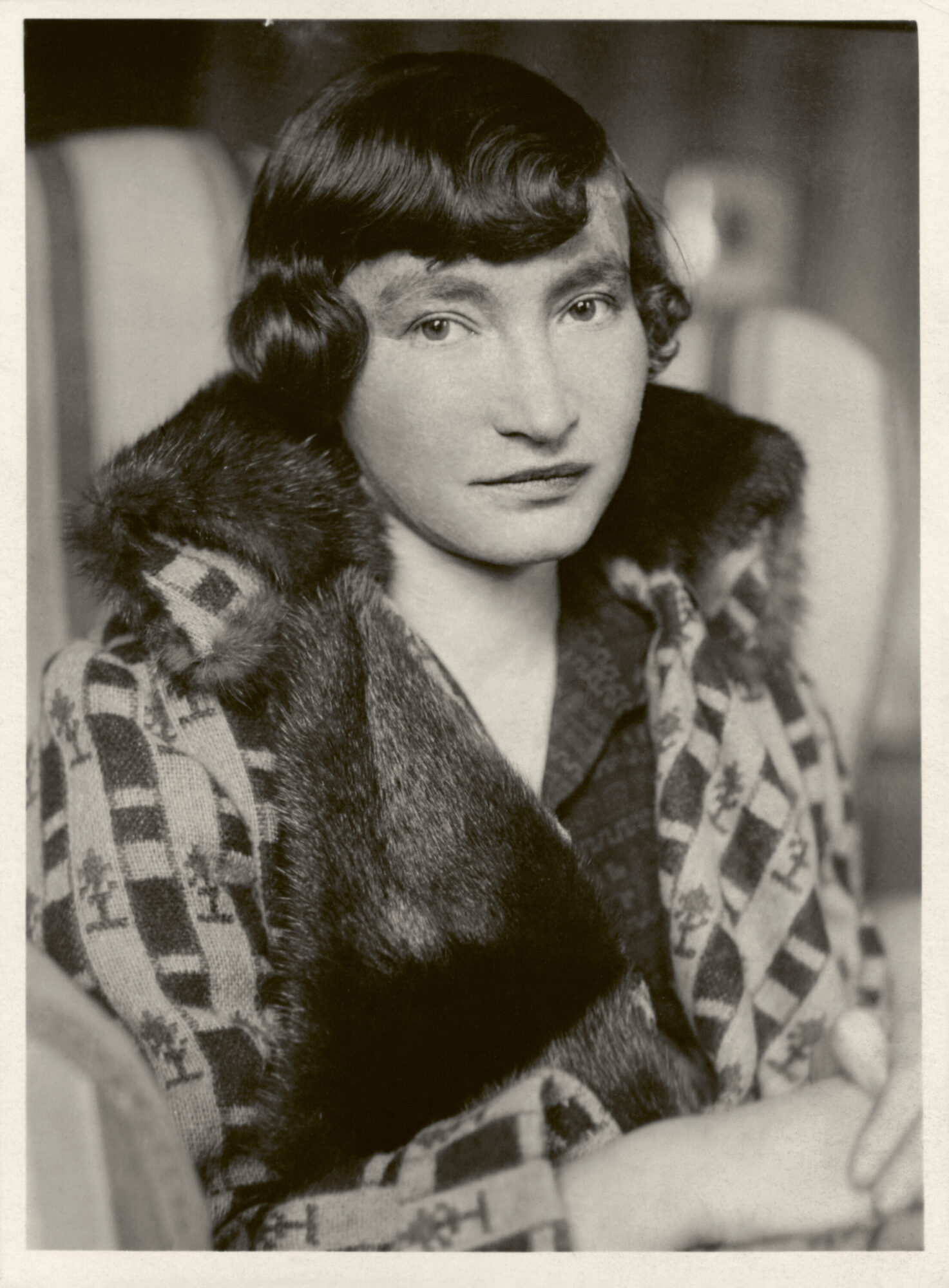
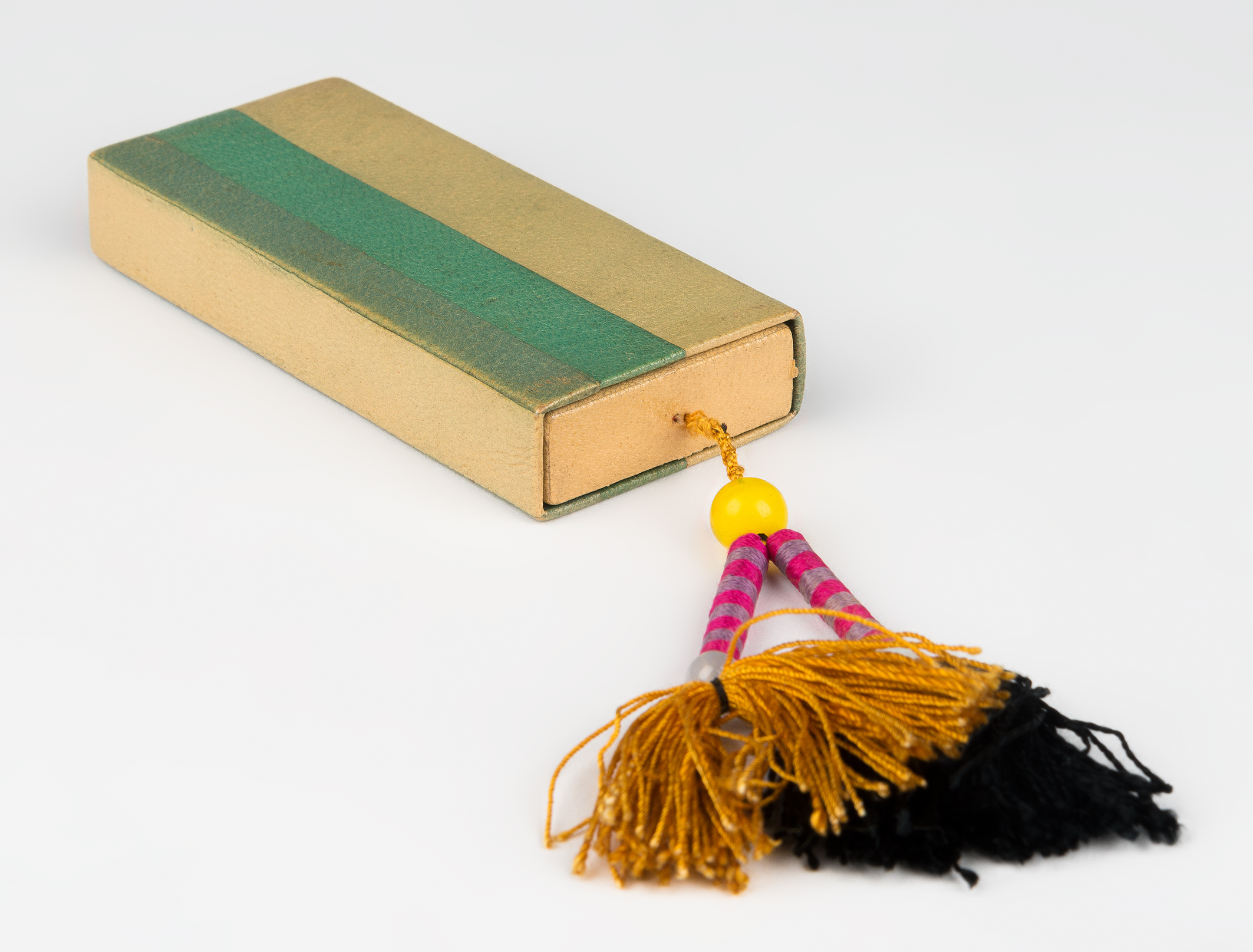
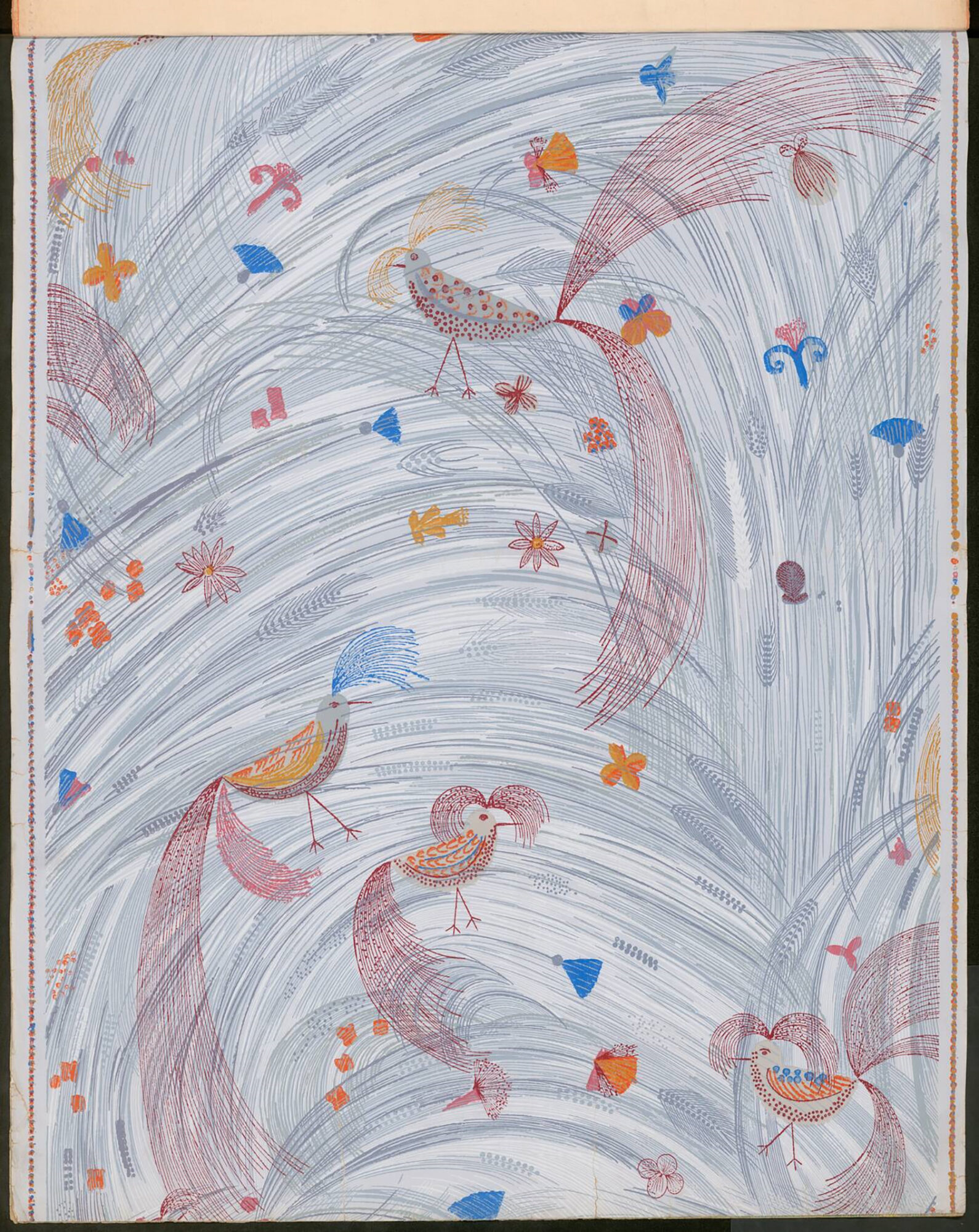
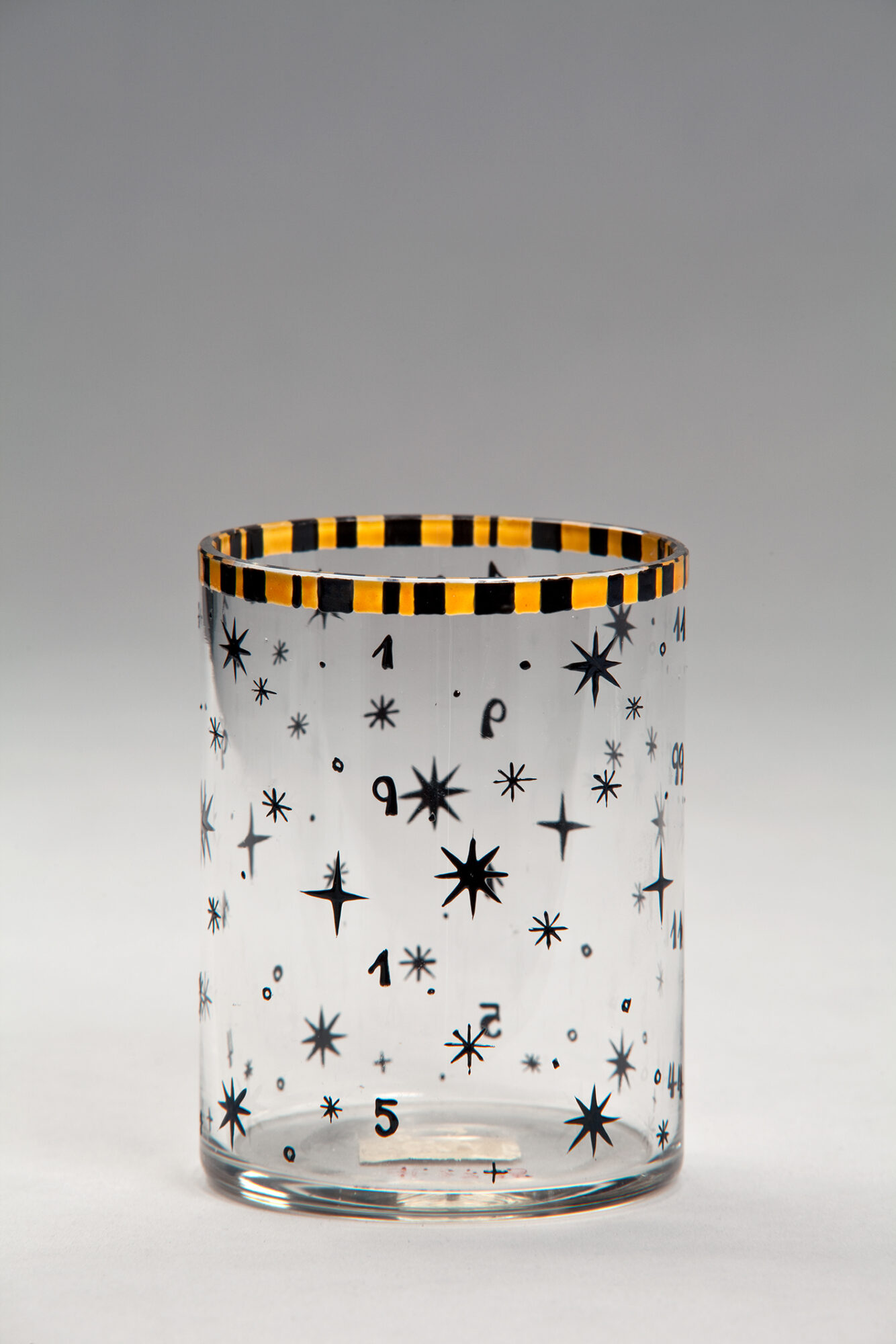
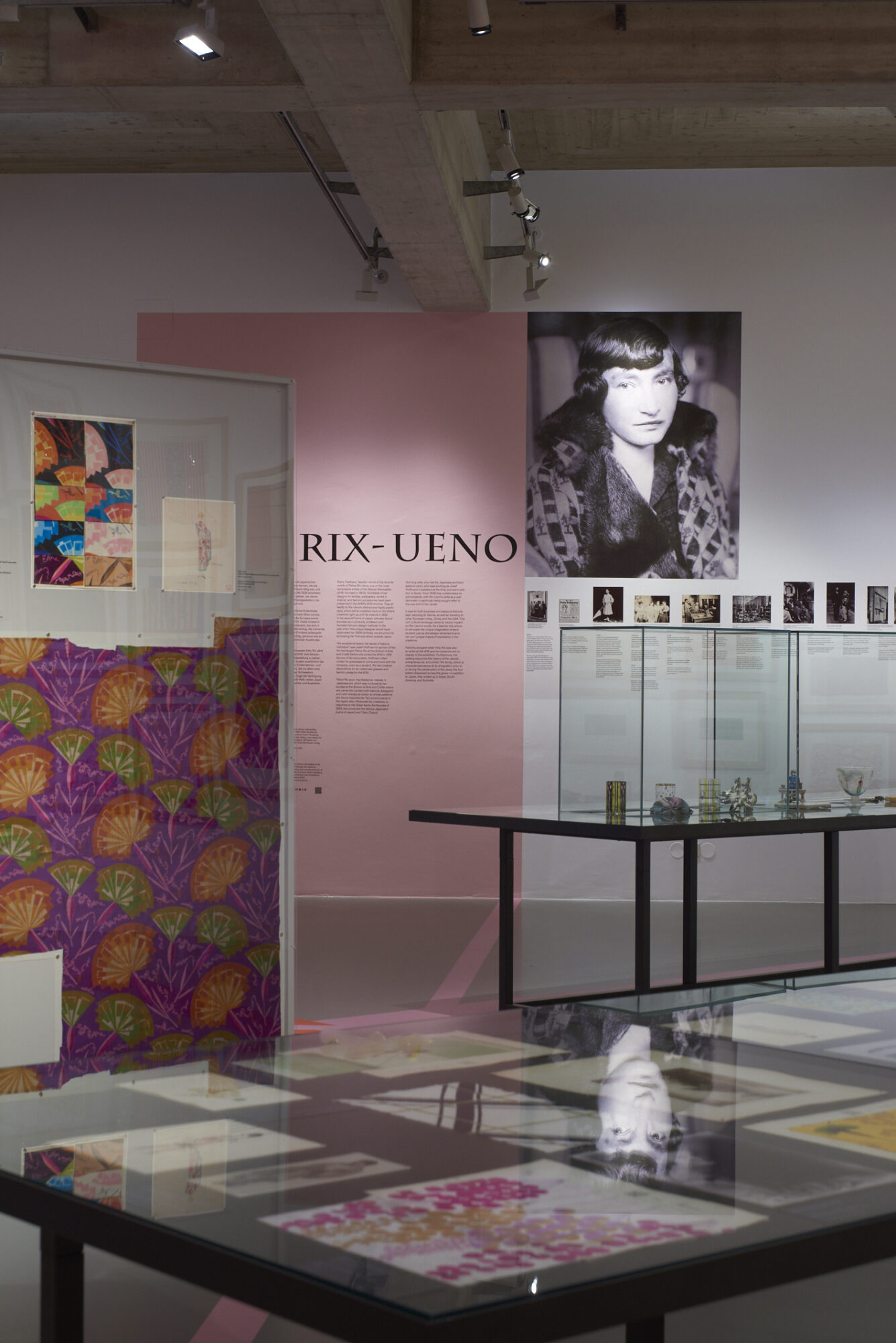
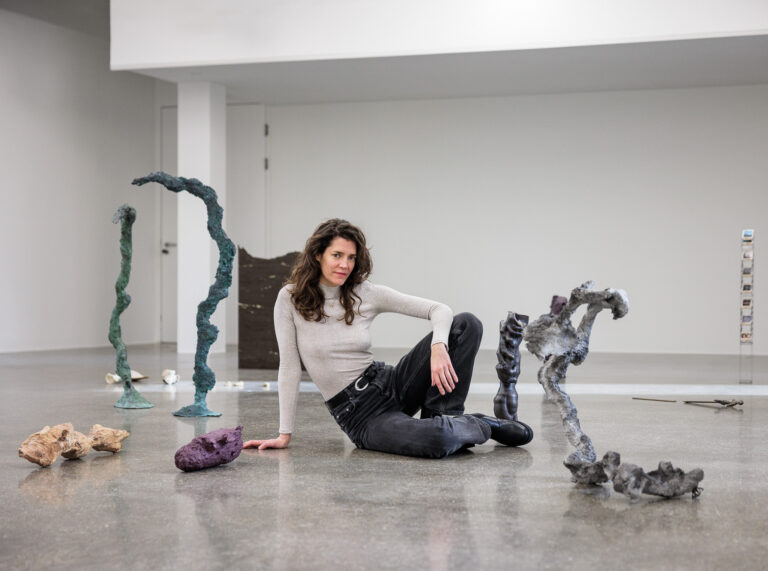
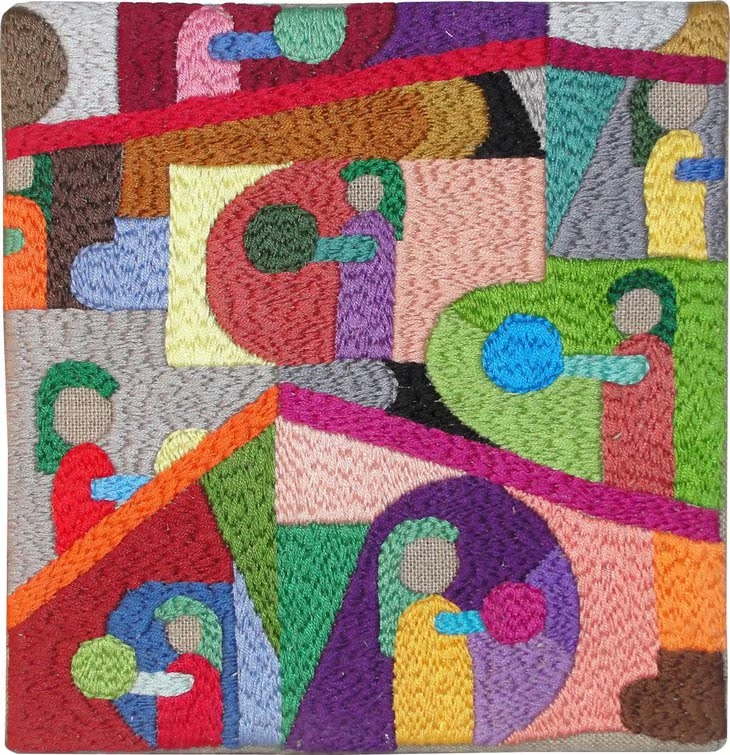

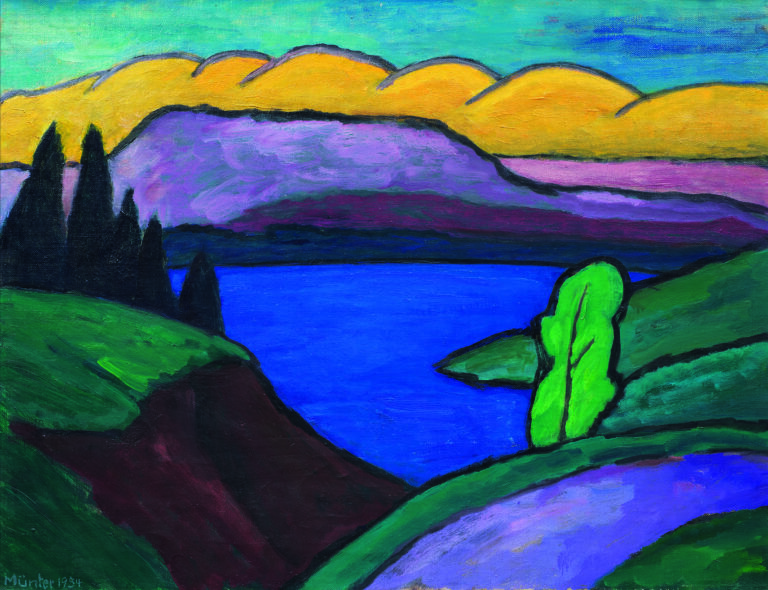

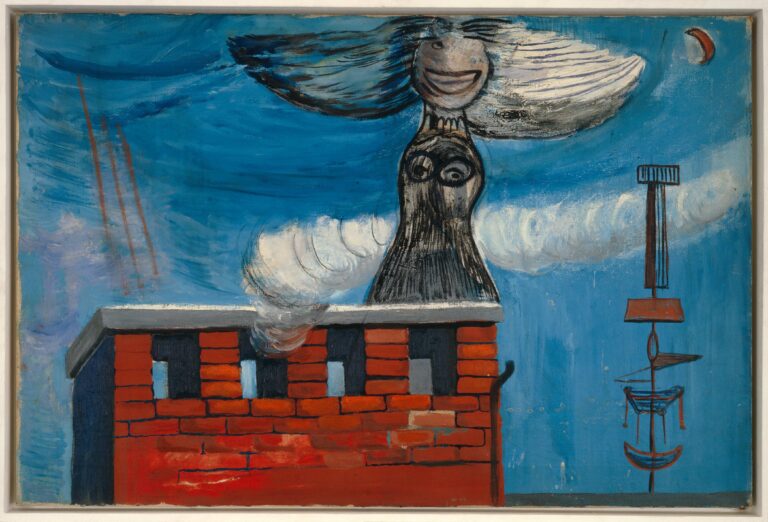
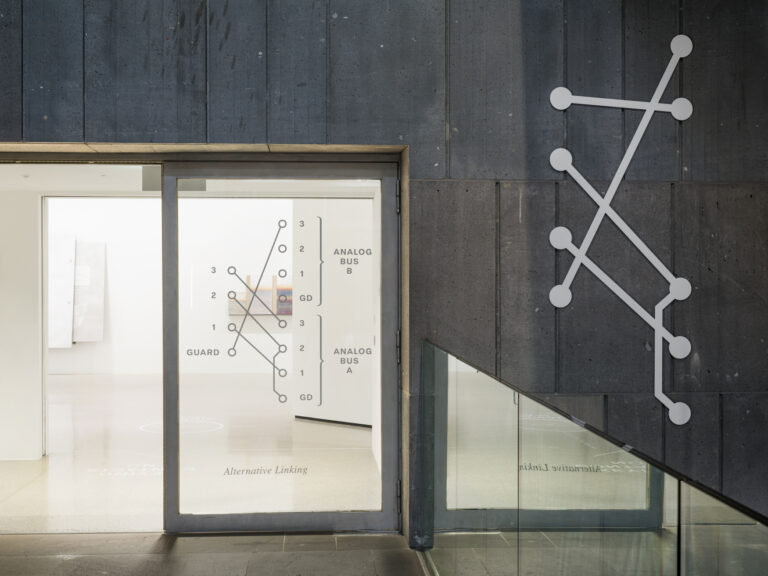
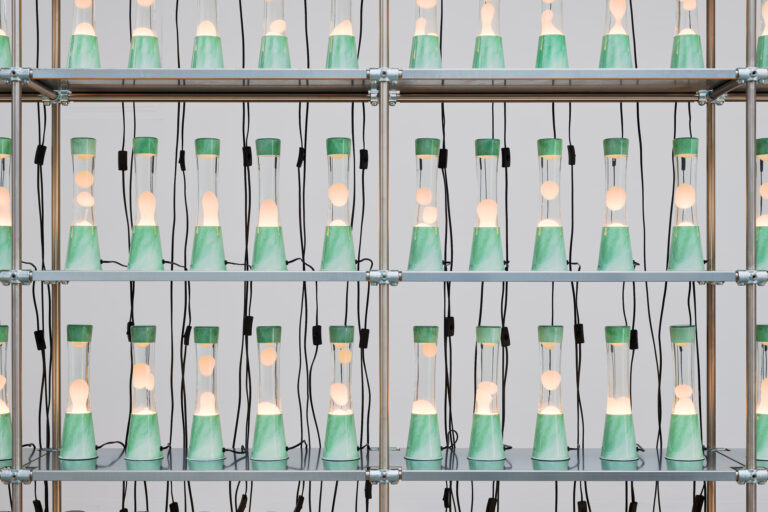
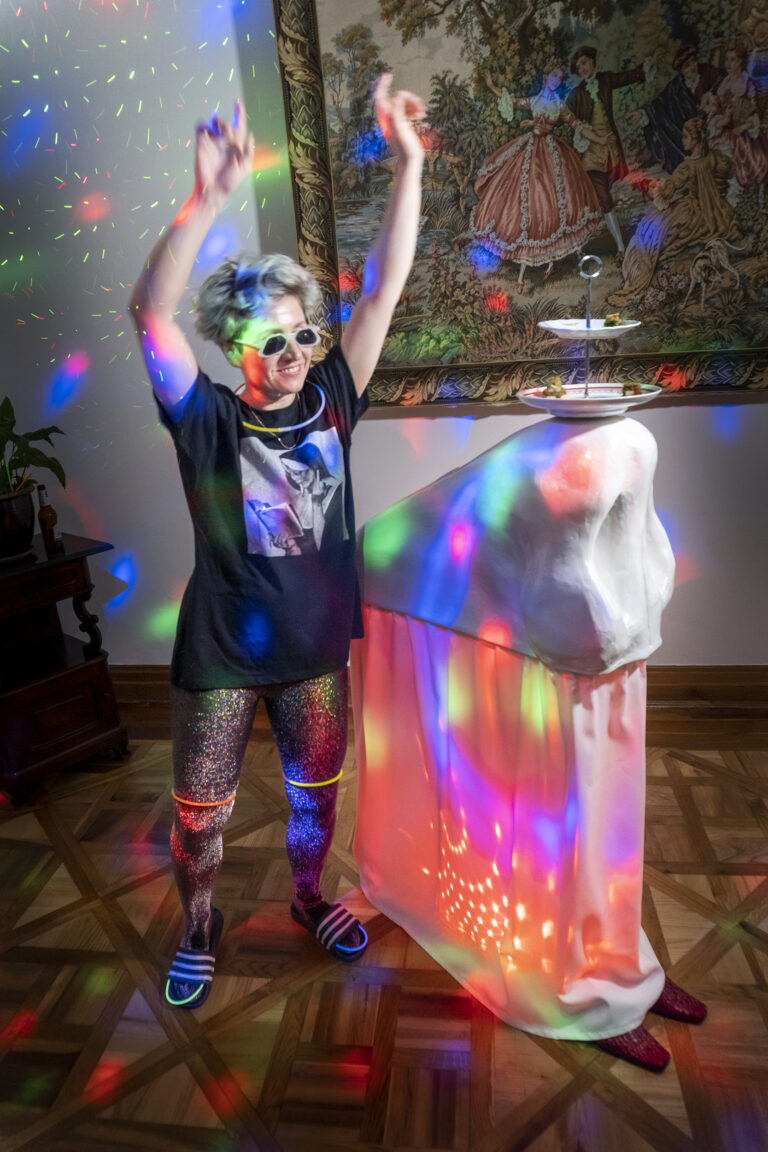
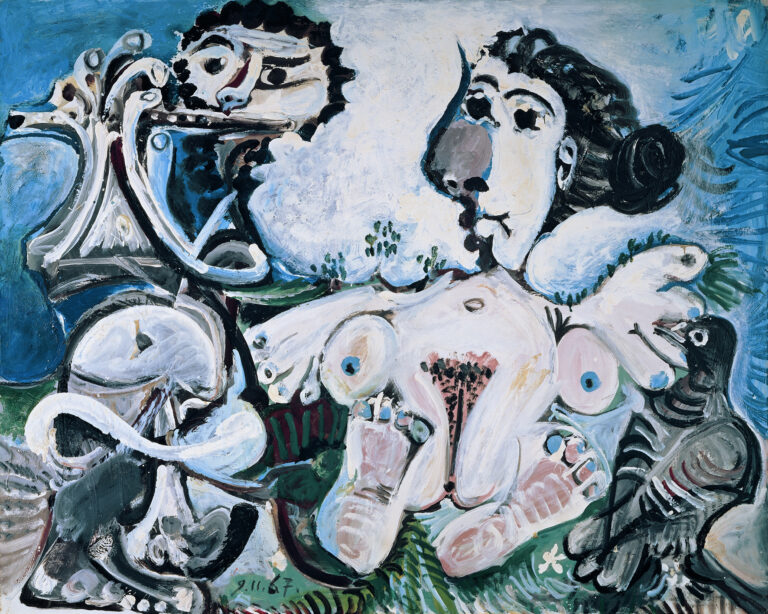
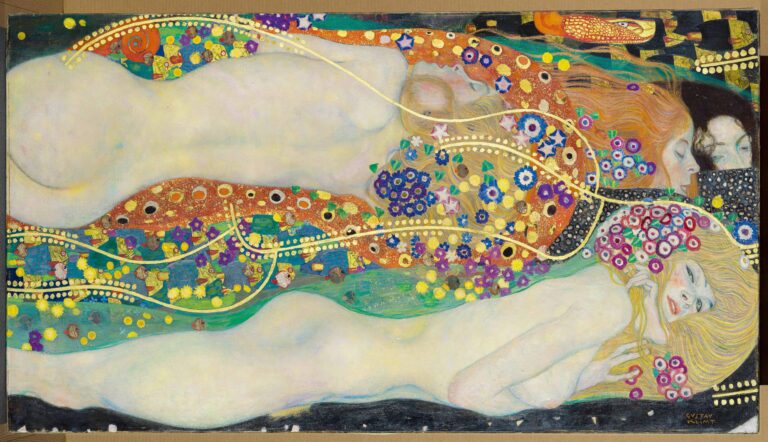
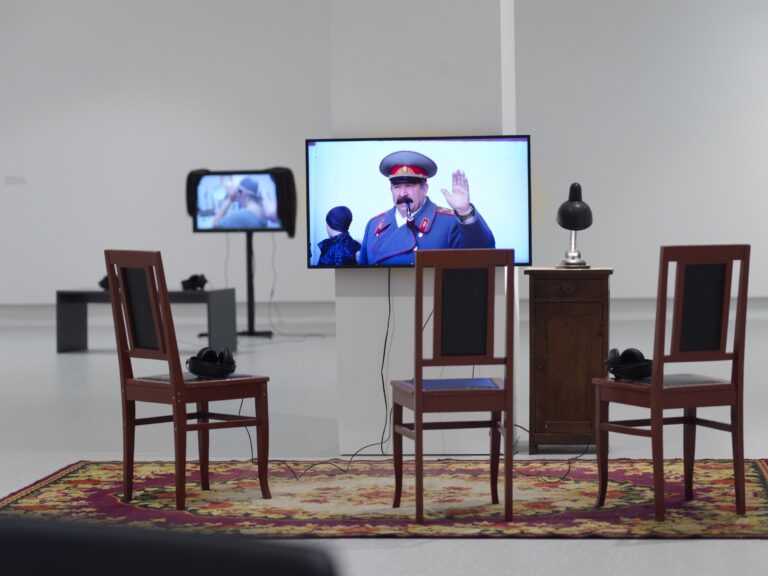
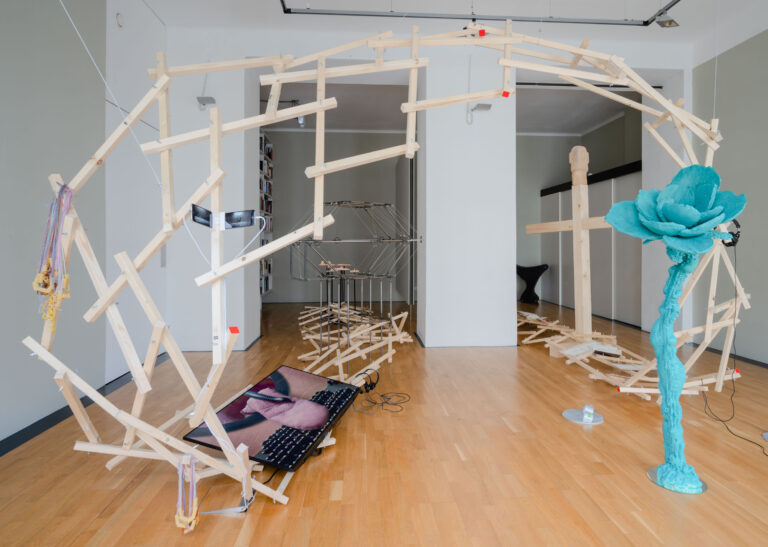
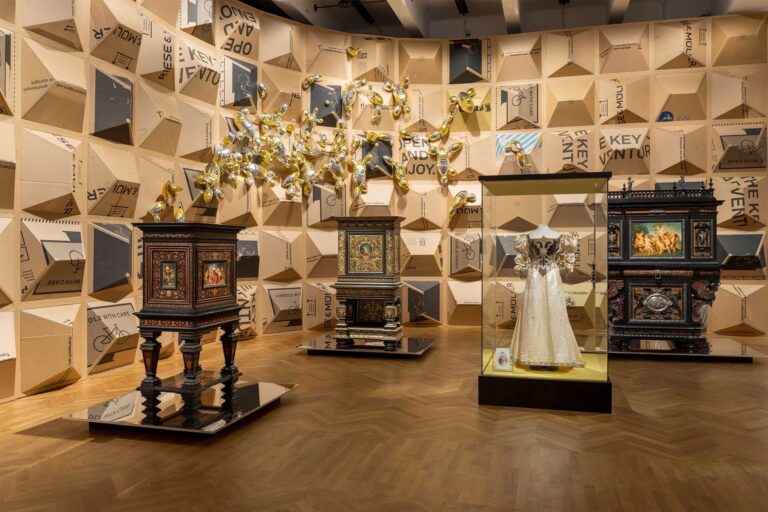
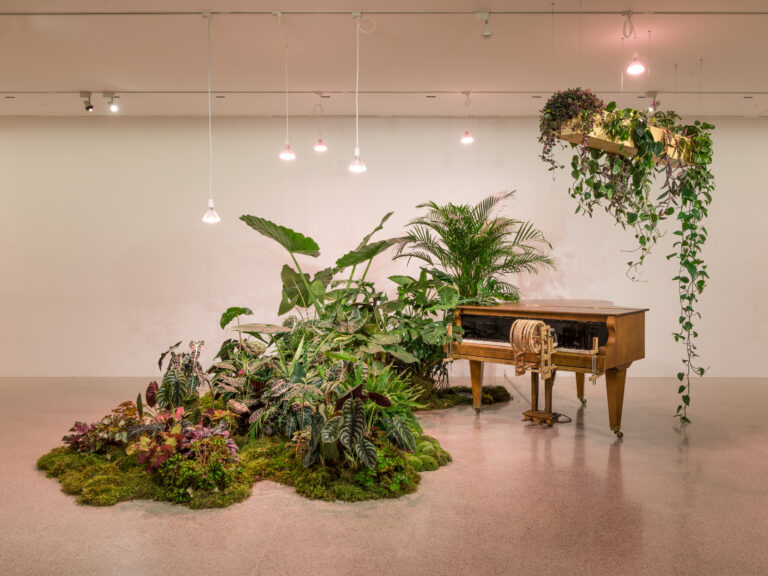
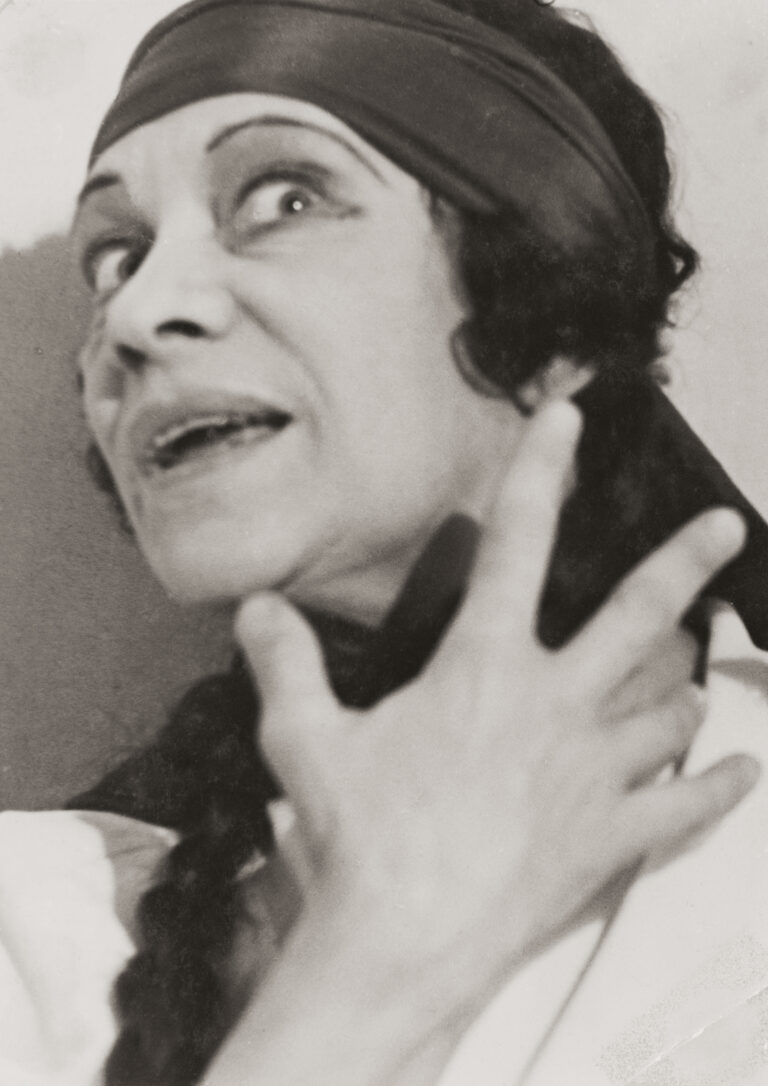
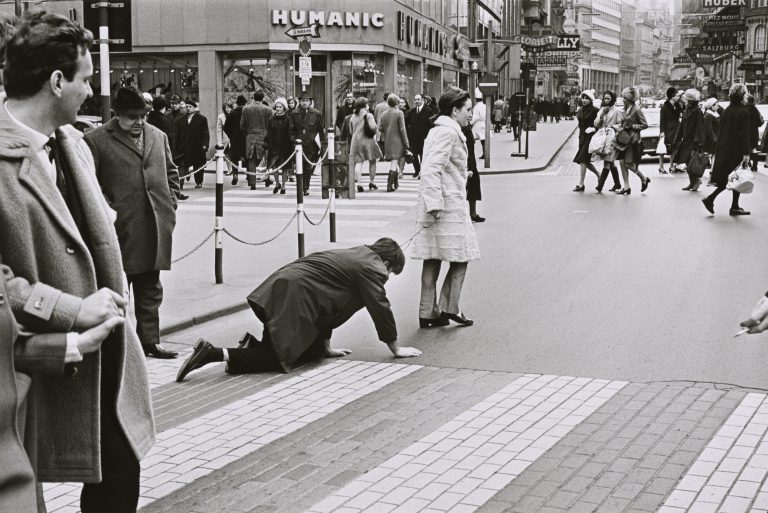
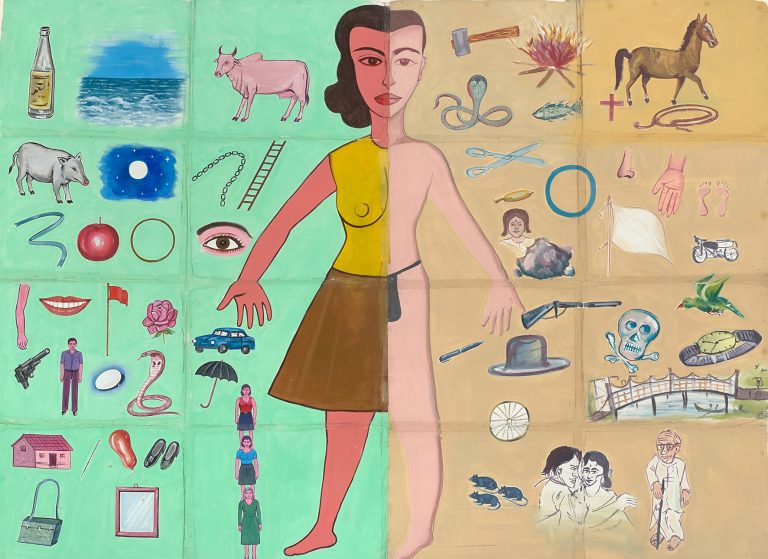
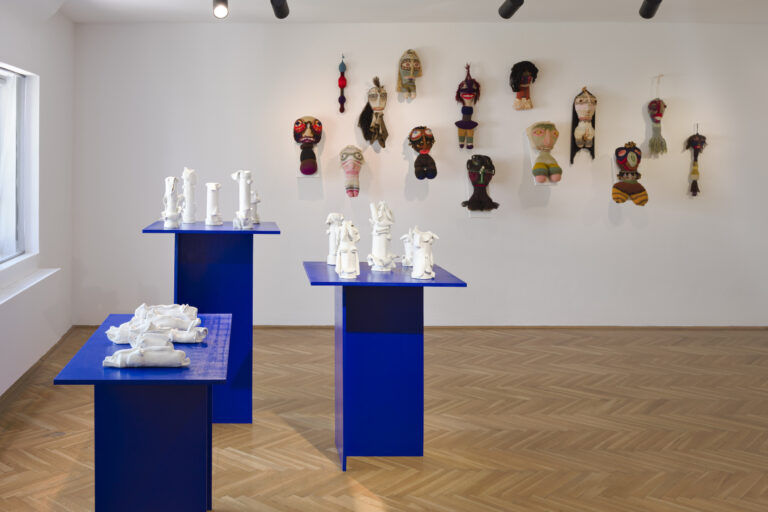

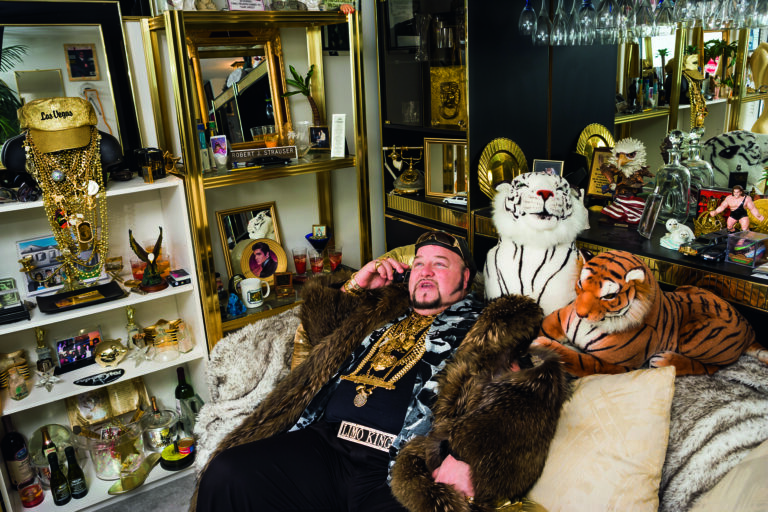
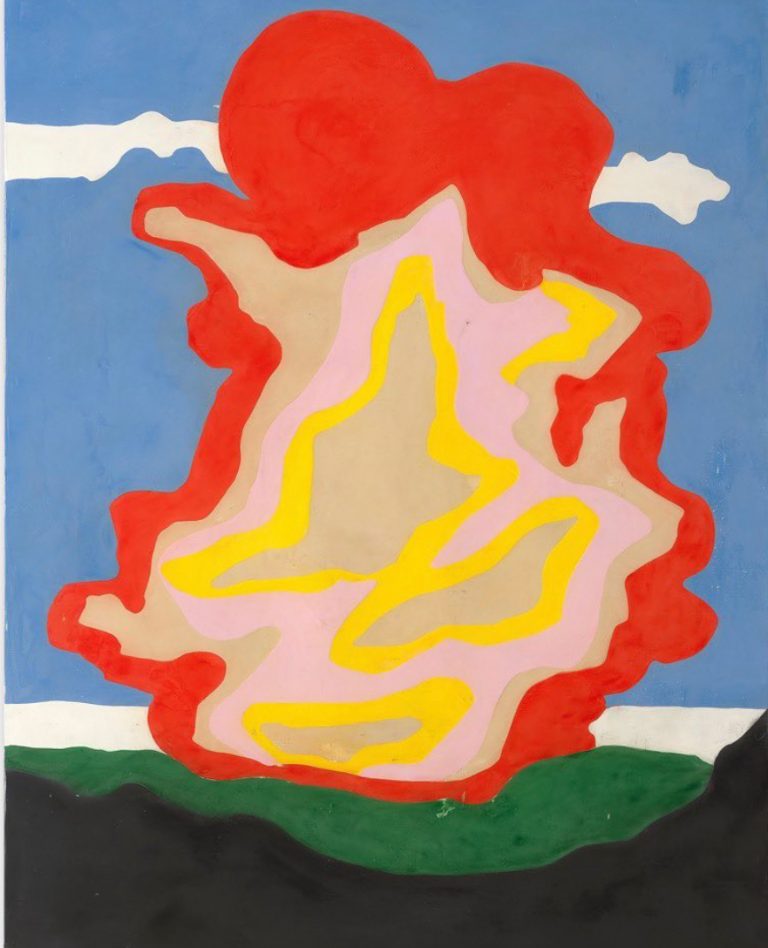

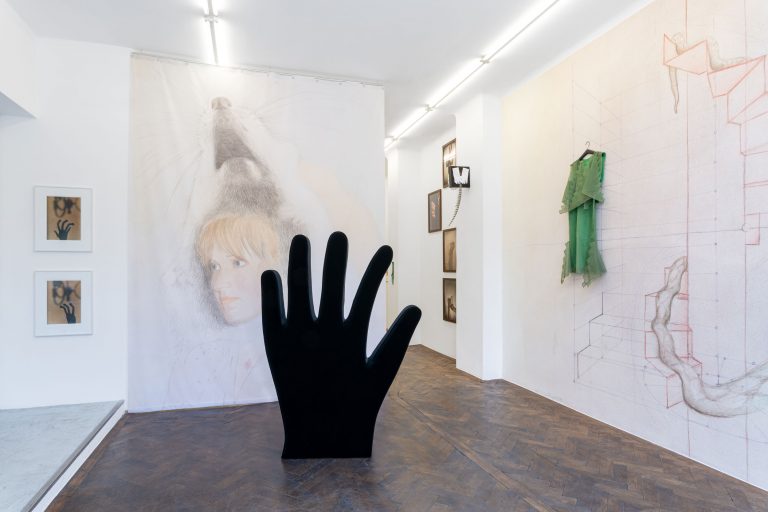
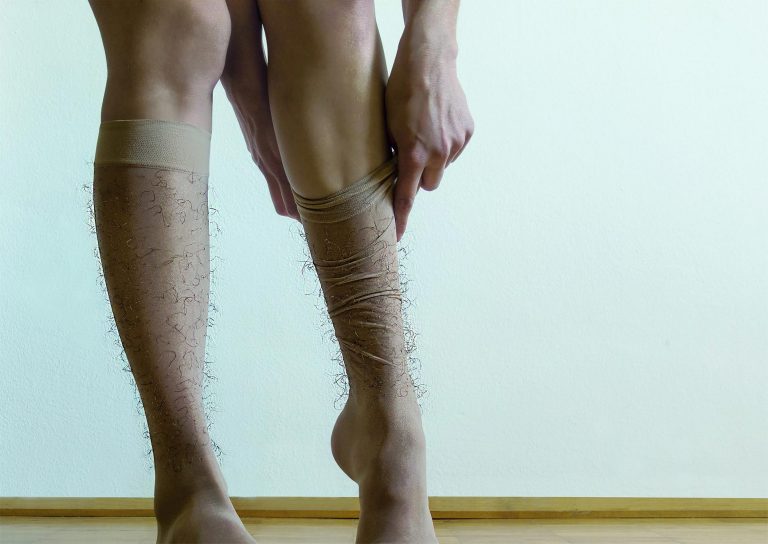
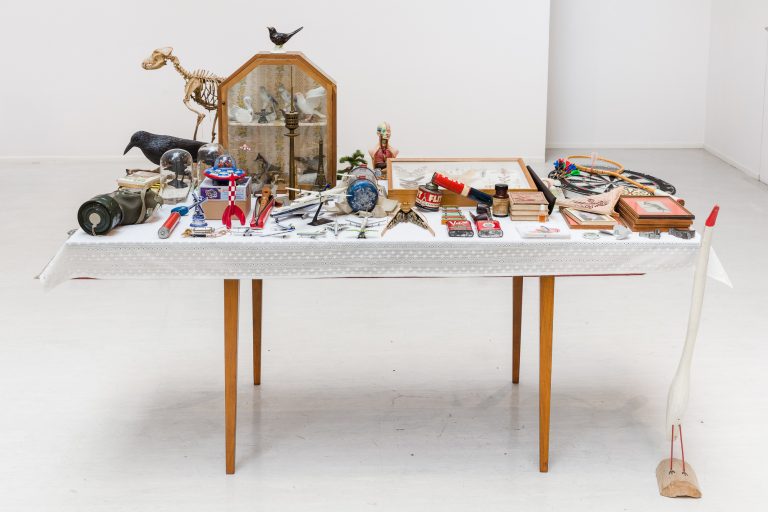
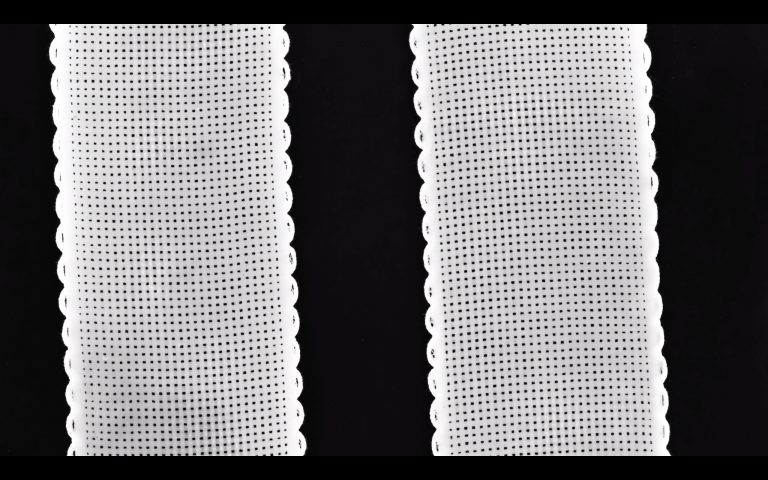
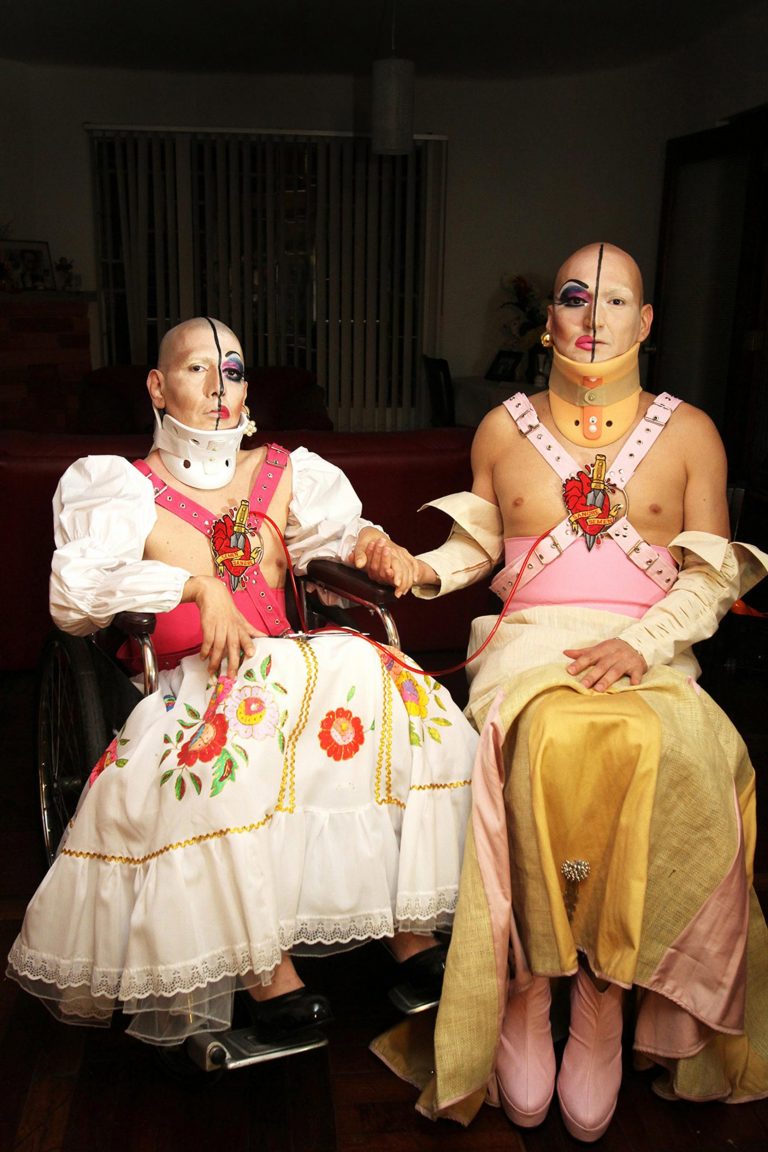
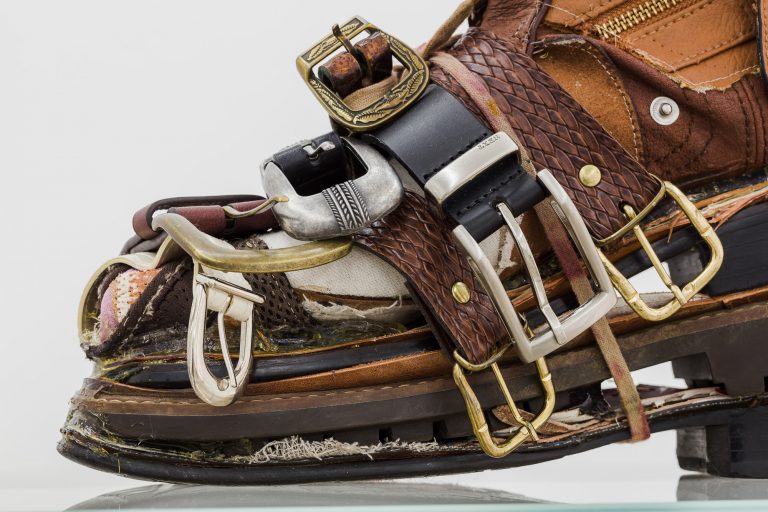
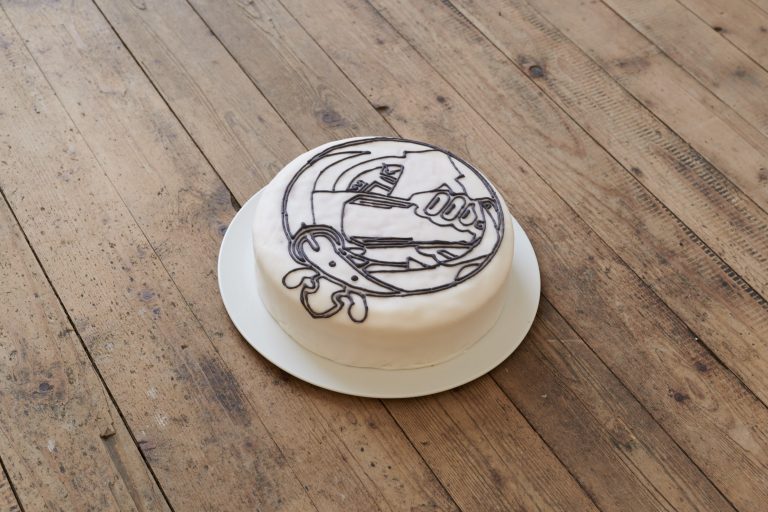
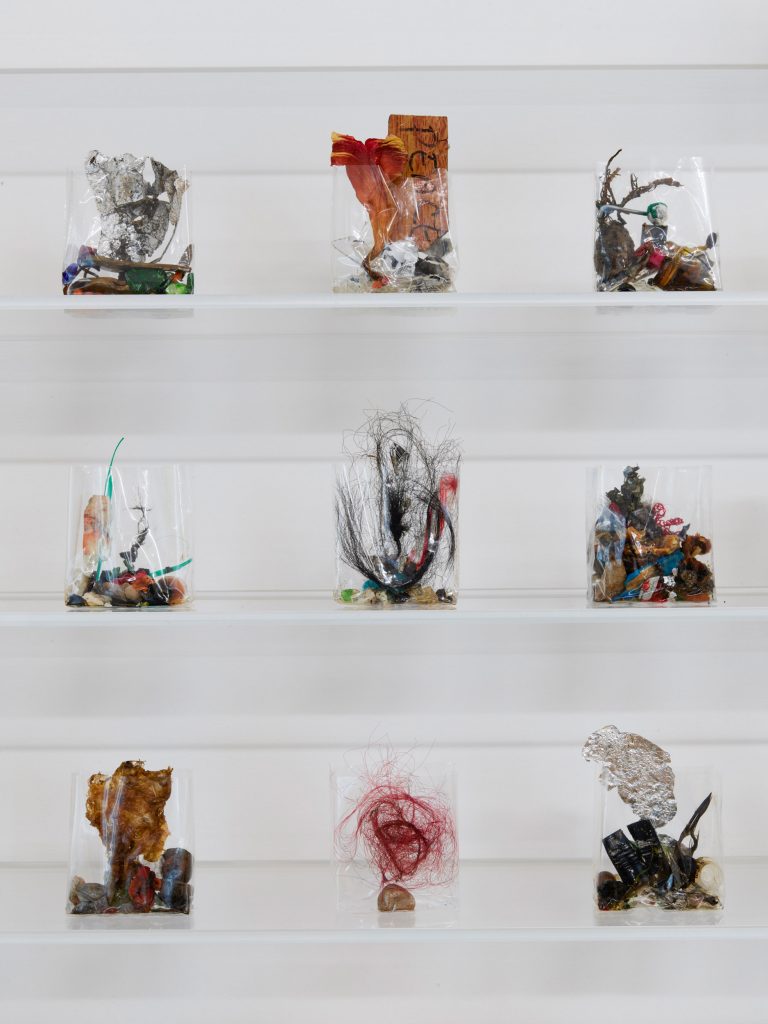

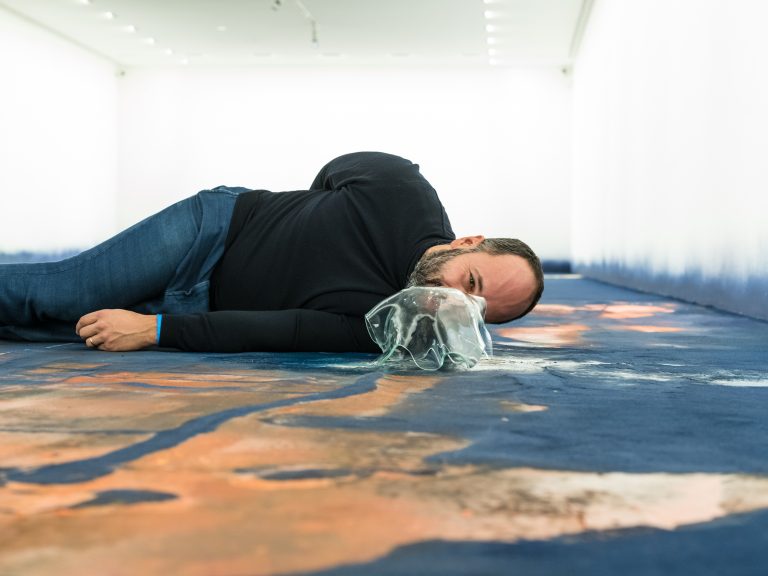
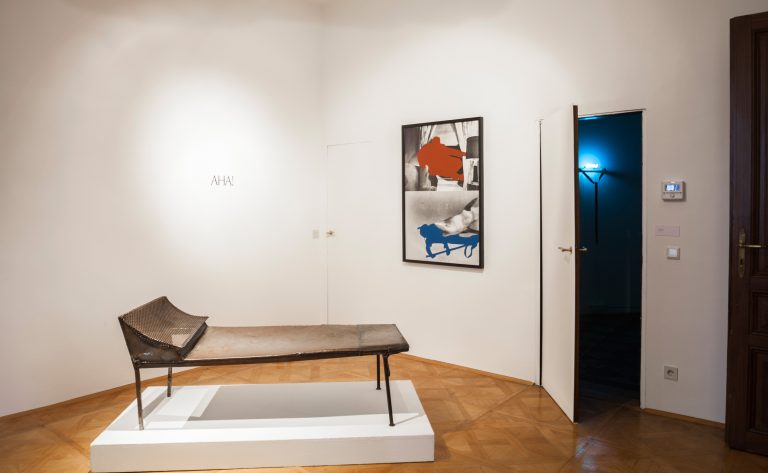
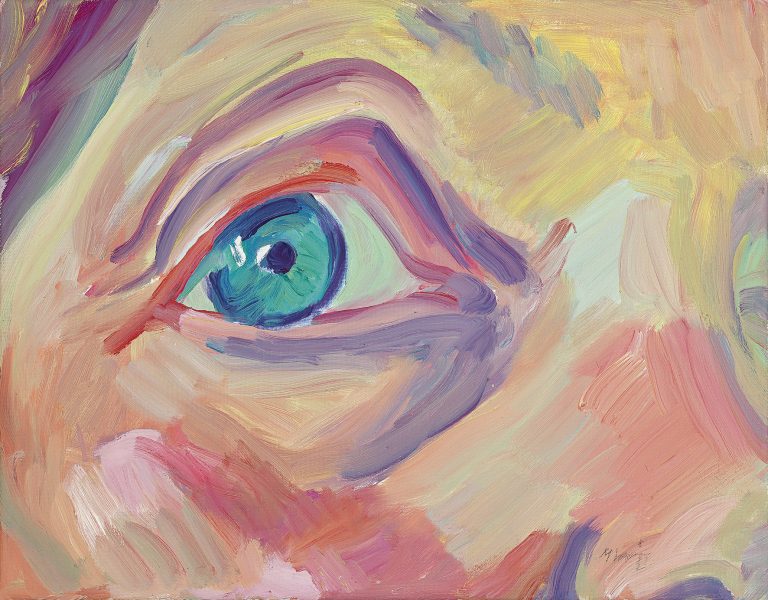
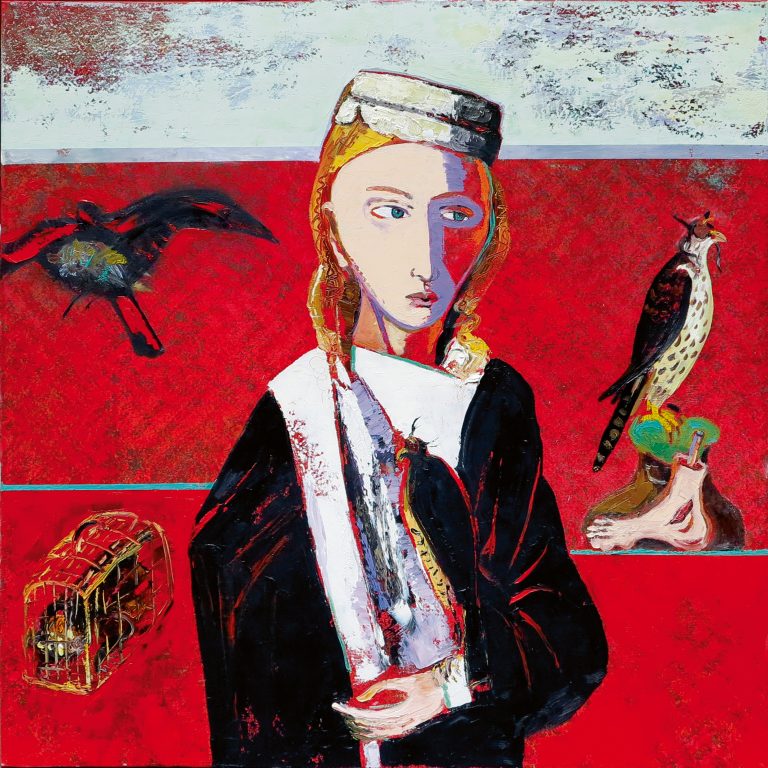
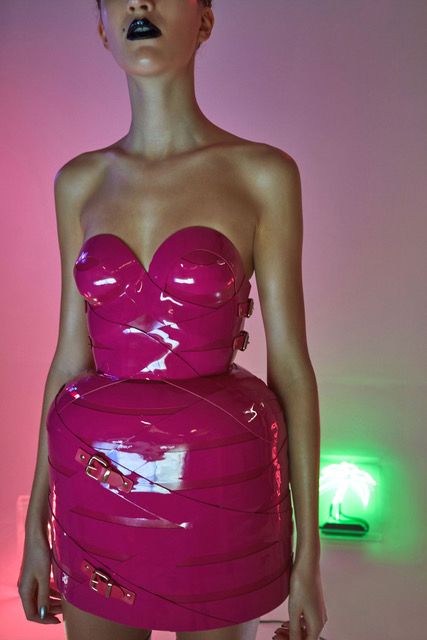
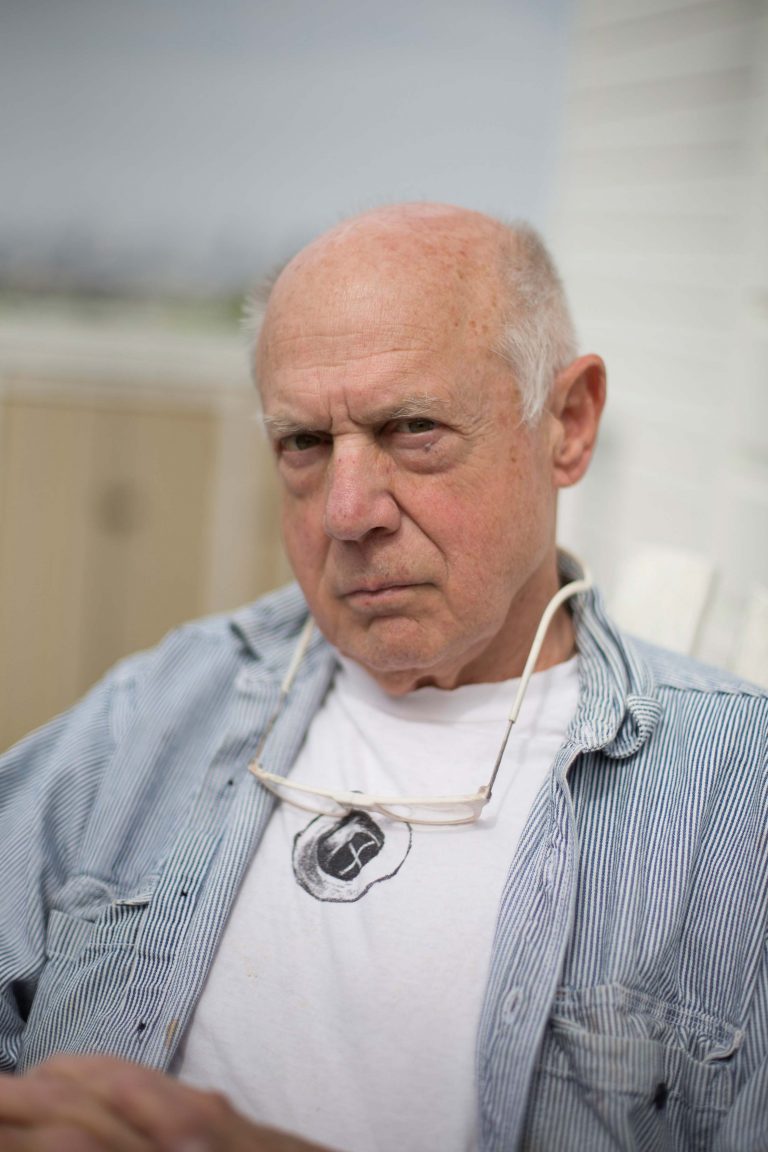
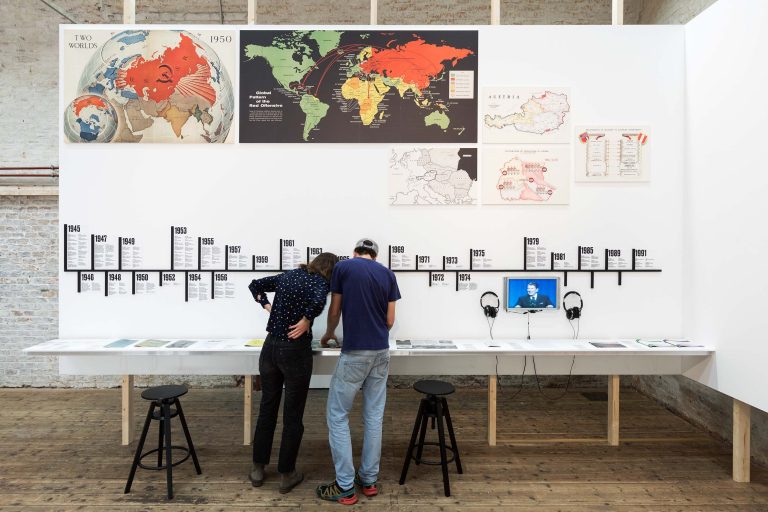
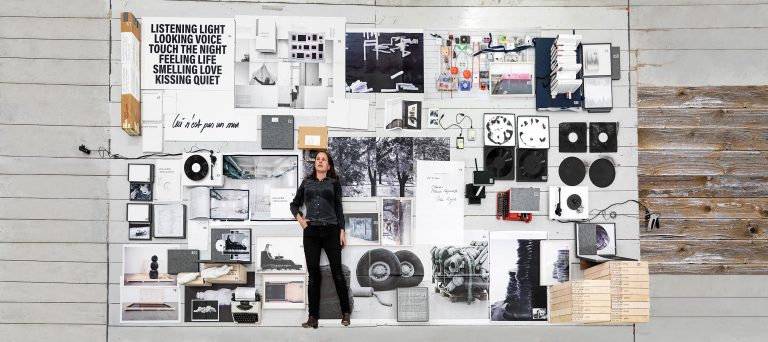
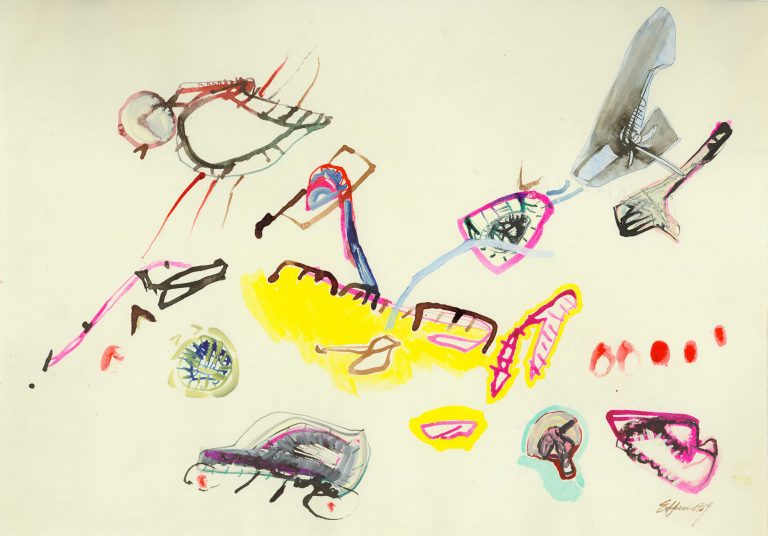
 and then
and then